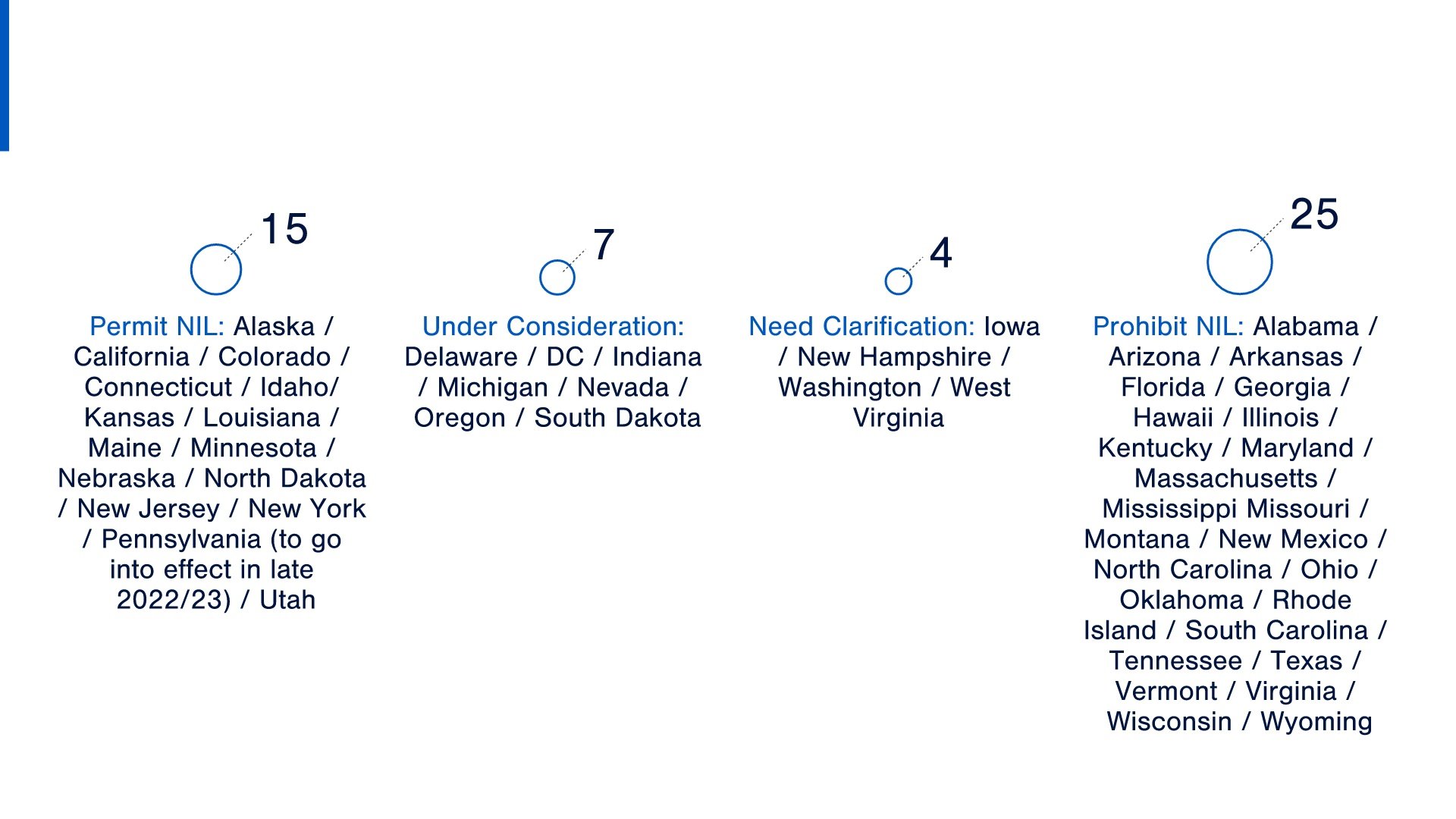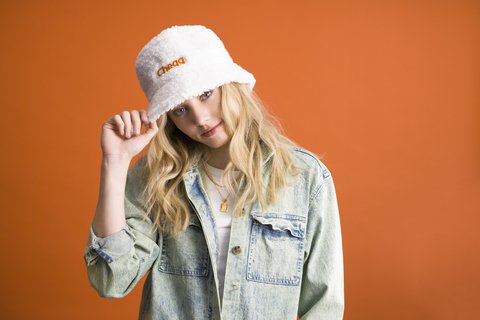High School NIL, D2C, and Cause Marketing
Name, Image, Likeness Insider is a blog for brands, agencies, and sports properties. It covers the latest NIL developments and explains what matters.
A KEY STATE FLIPS TO ALLOW HIGH SCHOOL NIL
Last week, the Pennsylvania Interscholastic Athletic Association voted to allow high school athletes to earn income from their name, image, and likeness. With a population of 13,000,000, Pennsylvania is the country’s fifth most populous state and has over 300,000 high school athletes. It will join 14 others, including California and New York, in the growing list of states to allow high school NIL. Similar to other states , Pennsylvania’s student-athletes will not be permitted to perform NIL activities in their uniform, nor work with companies from banned categories (like alcohol, gambling, firearms.) Additional rules will prohibit coaches and others from negotiating NIL opportunities.
What it means for brands, agencies, and sports properties: The two centers of “power” in high school sports are state athletic associations and principals associations. Despite their concerns about what NIL will mean for high school sports, it’s becoming clear that the athletics and principals association have little interest in pushing back against NIL. They seem intent on educating student-athletes, rather than litigating the matter. The landscape is changing quickly: brands will begin to activate high school student-athlete marketing much as they’ve done in college sports (but locally.) Agencies (in this case, athlete agents) will represent and procure deals even earlier. And sports organizations - including amateur sports organizations - will begin to modify their guidelines and redefine what it means to be an amateur.
NIL’S DIRECT TO CONSUMER ACTIVITIES CONTINUE TO GROW
Just a few days after yahoo!sports published data of mine in an article about NIL activities, football players at Iowa launched the Iowa City NIL Club. Within an hour of making the 2,000 passes available to the public, they’d sold $100,000 worth. These player-owned ventures are a breath of fresh air, especially if you’ve been choking on the news about collectives. But what’s probably more important is the overall rise of NIL’s direct-to-consumer segment. While social media still dominates NIL activity, the fastest growing activities are D2C - camps, clinics, private instruction, merchandise sales, and now NIL clubs.
What it means for brands, agencies, and sports properties: If the pro sports model can teach us anything (and yes, it can!), we know that as athletes flex their entrepreneurial muscles, there are opportunities for meaningful brand partnerships and brand integrations. For example, student-athlete owned camps and clinics have flourished this summer. Yet, few of these early endeavors have been built with brand support. Rather, they have been entirely grassroots. This seems like the perfect time for brands to align with student-athletes and help them build those businesses, while at the same time the brand can access youth sport athletes in a genuine way. And what might this mean for sports organization, like those that operate summer camps? It’s early and this is not settled, but if I were running a traditional camp, I’d be concerned. Student-Athletes have star-power and relevance that’s difficult for a traditional camp to beat.
CAUSE MARKETING COMES TO NIL
Photo: Business Wire
Some of you may know that I was the co-founder of a young adult / sports marketing agency called Fuse whose brands include Pepsi, Amazon, TikTok and few others you might have heard of 😉. In my 20+ years operating that business, here’s a truth (or what Oprah would say, “What I know for sure”): only about 8-10% of young people think that brands understand them. An anecdote to this, if done in a genuine manner, is cause marketing. That’s part of the reason that I think cause marketing’s connectivity to NIL iso important. An example of cause marketing done right is UConn’s Paige Bueckers’ deal with Chegg. Their common cause is student hunger. She and Chegg worked with hunger relief company Goodr to provide 6,000 meals in Minneapolis during the Final Four this past March. Their partnership also includes the goal to open permanent grocery stores at schools across the country.
What it means for brands, agencies, and sports properties: Part of a brand’s student-athlete activation should include a social cause - one that’s important to both the brand and the student-athlete. The cause marketing tie is as important as events, social media, and any other component of the activation plan. Why? Well first, brands that show a genuine interest in causes are more apt to gain the interest of likeminded student-athletes. And second, (again see above), cause marketing is a signal to consumers - young consumers especially - that a brand understands them.
I consult with brands, agencies, and sports properties on Name, Image, and Likeness and teach NIL in College Sports at the University of Vermont’s Grossman School of Business. My NIL services include consulting, training workshops, custom newsletter-style monthly updates, content development, on-demand courses, and more.
I’m a SportsBusiness Journal Forty Under 40 Award winner and former co-founder of the marketing agency Fuse, which I operated for 20 years before selling in 2019.




